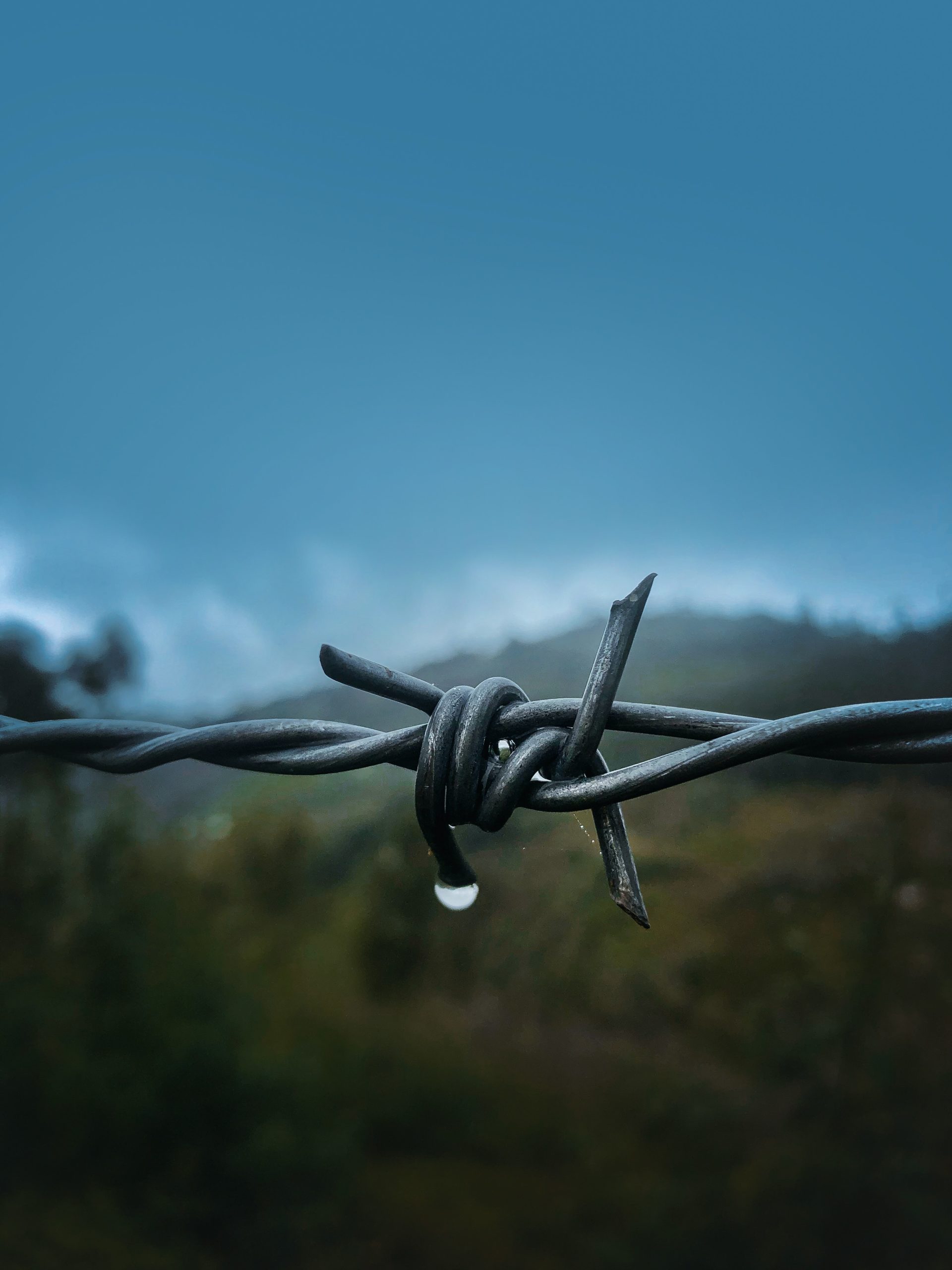
10 Oct The Obstacles to a Calm Mind
Yoga, it’s more than physical
As much as I love and adore the embodiment practices and the physical aspects of Yoga, I know what lies beneath the way we care for and inhabit our bodies is our powerful, pesky mind.
Without a certain mental attitude, without a motivated perspective, we wouldn’t be interested in deepening our relationships with our bodies.
I’m reminded that of the eight limbs of Yoga, only one, maybe two, have much to do with the body at all. Maybe two if you include the breath practices, which feel like embodiment to me, albeit a bit less tactile.
It’s with this in mind that I want to dive into a part of the yoga philosophy that inspires my mind to understand its own peskiness– the klesas. But before I get into those, let me lay some groundwork.
The practice of Yoga is to calm the mind
The practice of Yoga is to calm the vrttis, or the fluctuations of the mind. These fluctuations are the mind’s moods, emotions, memories, thoughts, ideas, desires, explanations, understandings, analyses, stories, daydreams, night dreams, and perceptions. They are the mental/emotional stuff of the mind.
Why calm the mind? To know the true Self. Once the mental calamity is settled, the mind can turn towards the clear recognition of its own true nature. That is, one with controlled vrittis comes to know one’s true Self. This person is called a yogi. They have arrived at the answer to the spiritual question: Who am I?
The mind, when not calm, throws up multitudes of obstacles to the clear recognition of the true Self. According to the Yoga philosophy, the most basic classifications of these obstacles are the klesas.
The klesas
The klesas, or obstacles to a calm mind, are 1) ignorance/misapprehension, 2) egoism/false identification, 3) attachment, 4) aversion, and 5) fear of death/fear of what is to come.
Ignorance or misapprehension is the fundamental misunderstanding. It’s more than naivety. When we are naïve, we don’t know something we haven’t been exposed to. We’re ignorant, but we come to learn, and then we are no longer ignorant in that way.
Avidya, ignorance
The klesa of ignorance, called avidya, is deeper than that. If you’ve ever experienced spiritual angst, avidya is what’s beneath that feeling of not knowing. The deep ache of why, what’s the meaning. The black hole of not understanding. This ignorance is thinking that which changes will remain unchanged. Avidya is the substratum for all the other obstacles. Without this big ignorance, we would not suffer. Dispel ignorance, dispel all other obstacles. If only it were that easy.
Asmita, egoism
From the klesa of avidya springs asmita, egoism. The klesa of egoism is the result of ignorance. Egoism, defined in the Yoga philosophy, is misidentification of the Self with things that are not the Self. The Self is eternally unchanging. All things that change are not the Self.
Ignorance is thinking that which changes will remain unchanged. Egoism is a manifestation of ignorance.
Egoism is mistaking my Self with my feelings “I am sad.” Egoism is mistaking my Self with the role I play “I am a teacher.” Egoism is mistaking my Self with my character “I am caring. I am selfish.” Egoism is mistaking my Self with my challenges “I am grieving. I am anxious.”
I am not these changing things. When I identify with them, I am suffering from egoism based on ignorance, and I create more obstacles to a calm mind.
Raga and dvesa, attachment and aversion
From the klesas of avidya and asmita, ignorance and egoism, spring the klesas of attachment and aversion.
Attachment, raga, is seeking and holding on to things/experiences/ideas that we think bring us pleasure. We think these things bring us pleasure because we have the memory that they’ve brought us pleasure in the past. We want to feel that pleasure again, so we grasp for it. We don’t want to let go of something that brings us pleasure, so we hold tightly to it. Grasping for and holding onto things that we remember have brought us pleasure results not in more pleasure, but in pain.
Aversion, dvesa, is the opposite side of the coin. We avoid things that we remember brought us pain. Our memories of pain lead to intense dislike, or even hatred. We worry about pain that is to come. Both attachment and aversion are painful, despite the efforts we make with both to maximize pleasure and minimize pain. With attachment and aversion, we are forgetting that all things change. This is avidya, the fundamental ignorance. Behaving in reaction to my attachments and aversions, I create more obstacles.
Abhinivesa, fear of death
The final klesa is abhinivesa: fear of death, or fear of what is to come. It’s a big aversion; so big an aversion it’s distinguished as a klesa on its own. The sutras say even the wisest practitioner, one who has successfully overcome the obstacles through their dedication with their practice and has calmed their mind to a great extent, still experiences abhinivesa. This existential fear is a pervasive obstacle, springing up even when all the others (egoism, attachment, and aversion) lie dormant and inactive.
Connecting to the roots of Yoga
Knowing that the Yoga Sutras of Patanjali were written 1,500 years ago and that way back then humans had the same mental challenges we do now brings me some sense of connection, and even more motivation to keep up with my own practice.
I don’t think it’s necessarily important to believe in the metaphysical underpinnings of Yoga to gain some benefits from studying and practicing the discipline. But as a teacher, I do think it’s important to dig deeper into the roots of this practice we love so much, out of curiosity, reverence, and respect for the gifts this Indian cultural treasure shares with those of us who take it.
Image by Linz Franciz from Pexels
